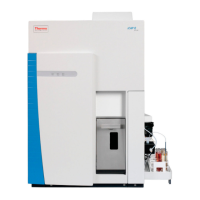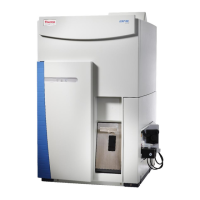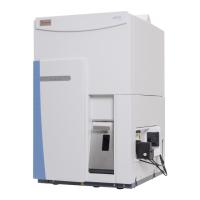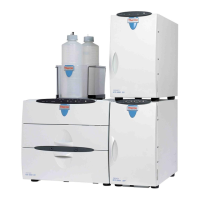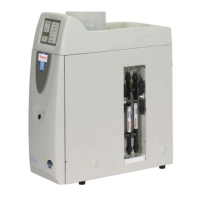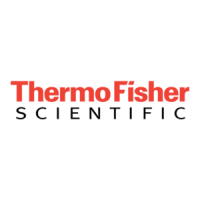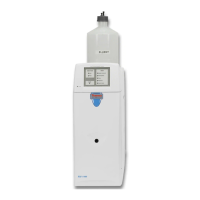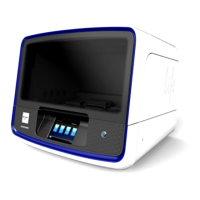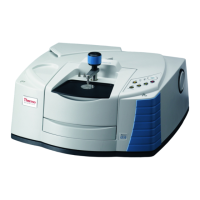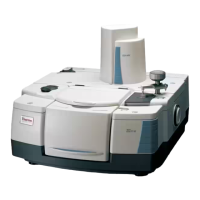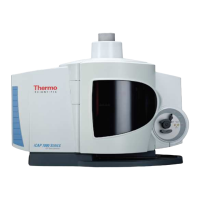
Do you have a question about the Thermo Scientific iCAP 7000 Series and is the answer not in the manual?
| Brand | Thermo Scientific |
|---|---|
| Model | iCAP 7000 Series |
| Category | Laboratory Equipment |
| Language | English |
Overview of the iCAP 7000 Series ICP-OES spectrometer and its basic components.
Description of the spectrometer's optical design and light path.
Accessing software help and user guides within the Qtegra system.
Basic information to start operating the iCAP 7000 Series ICP-OES.
Instrument operation, maintenance, and safety hazard information.
Information sources on Thermo Scientific and iCAP 7000 Series ICP-OES.
Description of LED indicators and their meaning for instrument status.
Steps to prepare the instrument for operation, including purging and warm-up.
Procedure for safely shutting down the instrument after analysis.
Assembling Duo/Radial torches, center tubes, and holders.
Positioning nebulizer, drain, and connecting spray chamber adaptor.
Connecting pump tubing and installing the iCAP Sprint Valve system.
Radial view window on Duo instruments and other assembly details.
Steps for connecting tubing for the iCAP Sprint Valve system.
Introduction to autosampler configuration and sample types.
Requirements for autosampler installation by certified engineers.
Connecting autosampler capillary tubing to the iCAP 7000 sample pump.
Adjusting parameters like gas flow, RF power, and viewing height for optimal results.
Guidance on setting up basic analysis and preparing the system.
Steps for striking the plasma and checking instrument interlocks.
Configuring LabBooks, standards, quality control, and sample lists in Qtegra.
Running analysis, auto peak adjust, pump tension, and monitoring.
Performing torch alignment, setting pump tension, and generating reports.
Exporting LabBooks and safely shutting down the instrument.
Cleaning external covers, sample introduction system, and torch.
Cleaning spray chambers and nebulizers with appropriate solutions.
Instructions for cleaning the Purged Optical Path (POP) window.
Checks for chiller, filters, and Sprint Valve system components.
Inspection, leak checking, and cleaning of the 6-Port valve and tubing.
Diagnosing and resolving poor precision issues in the sample introduction system.
Addressing problems with peristaltic pump speed, tension, and leaks.
Troubleshooting inaccurate results by checking pump rate and rinse time.
Identifying causes of poor detection limits, including optical path issues.
Guidance on selecting and replacing pump windings based on solvent types.
Methods to prevent nebulizer blockage and maintain performance.
Procedures for removing solids and particles from the nebulizer.
Cleaning the glass mixing chamber to prevent beading and improve RSDs.
List of replacement parts for various sample introduction systems.
